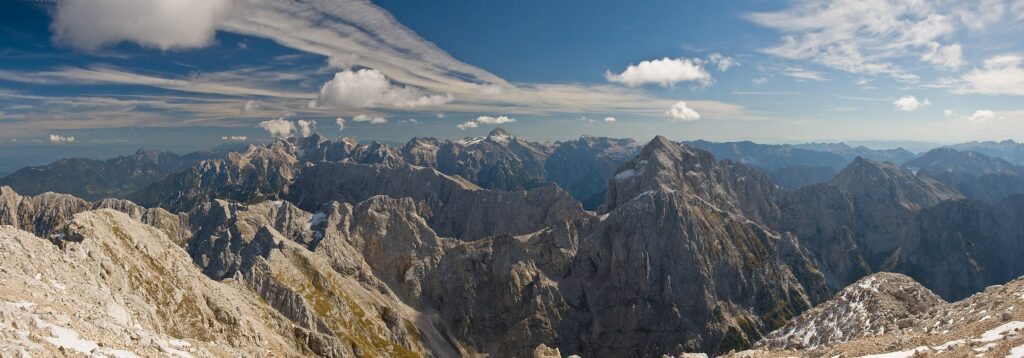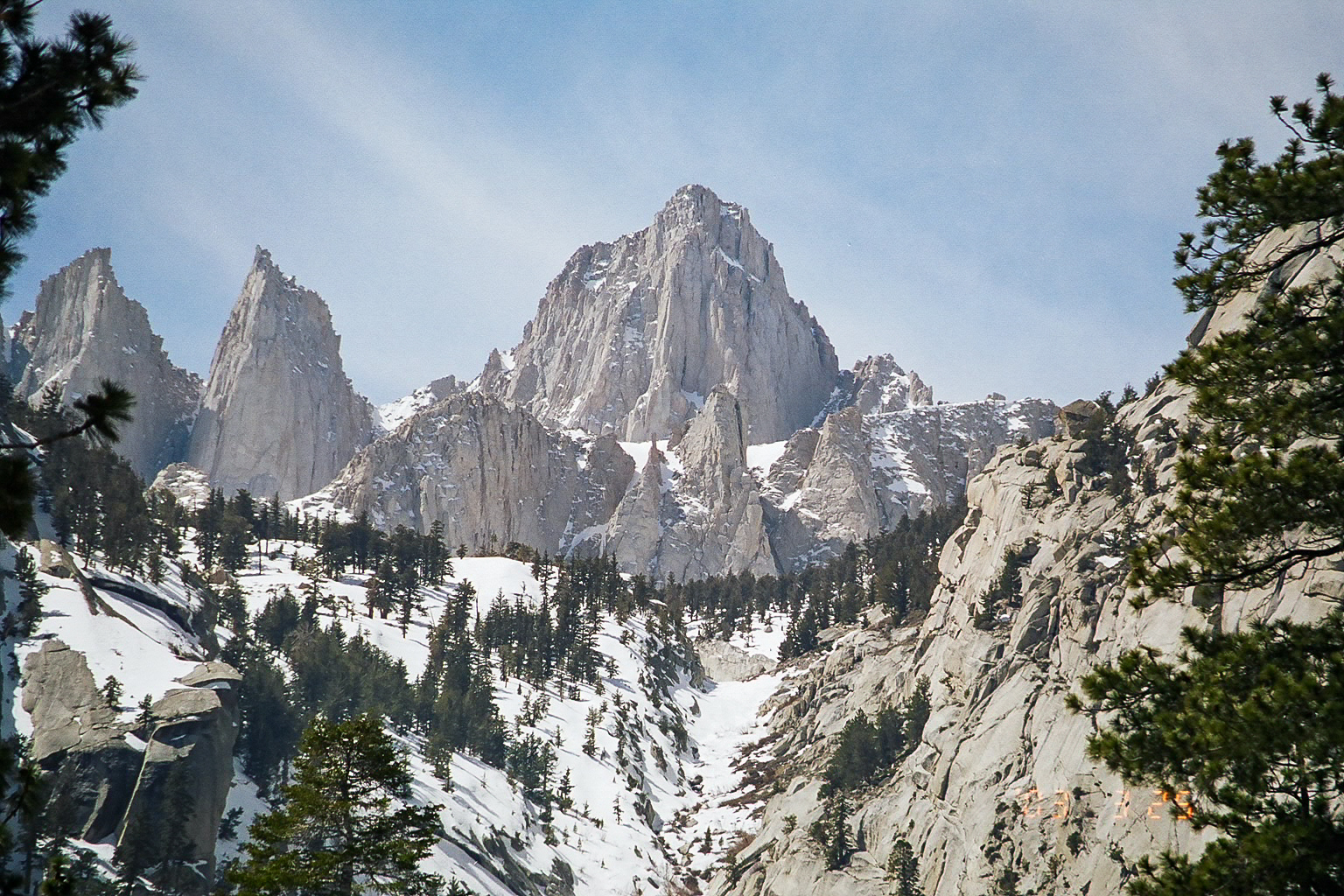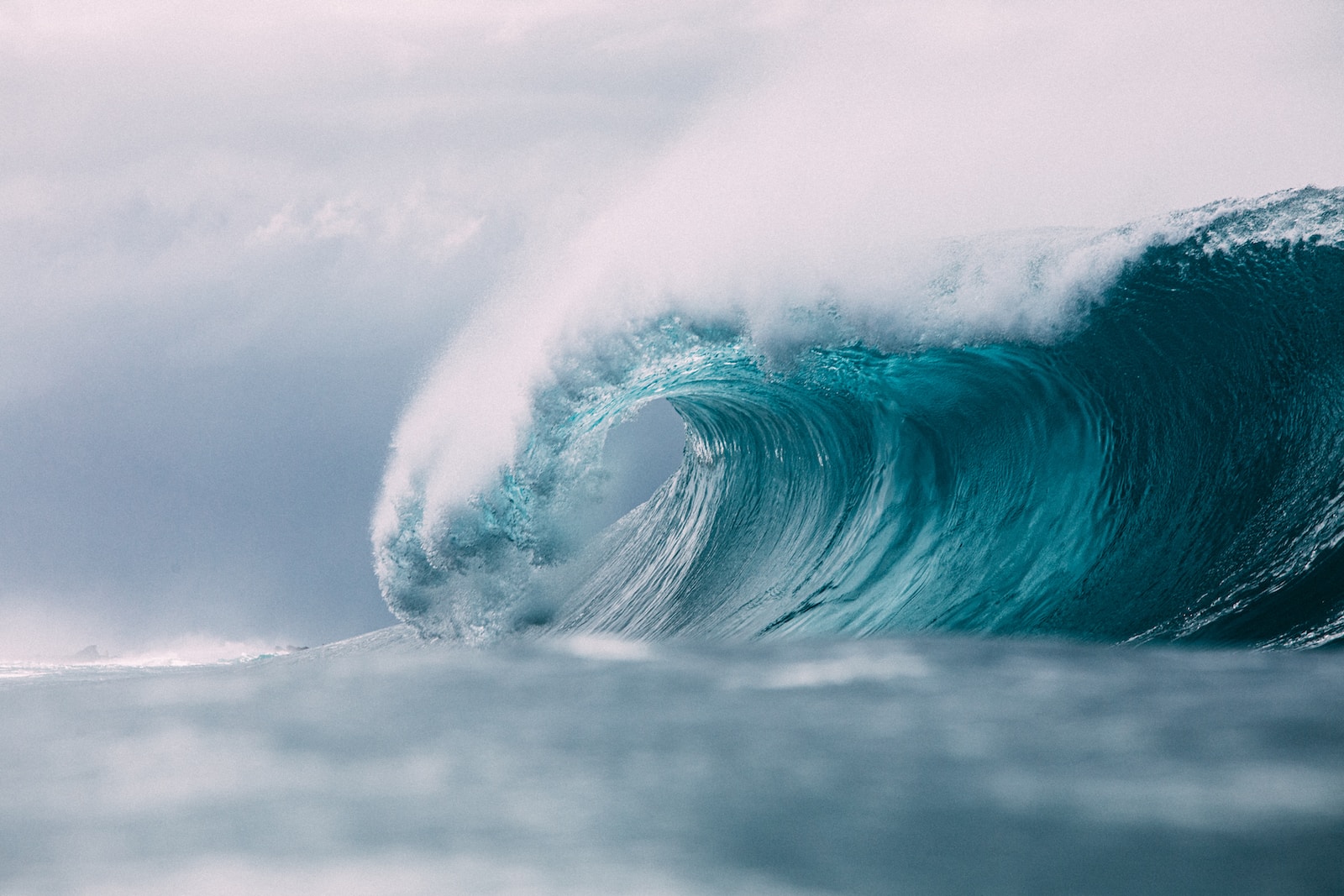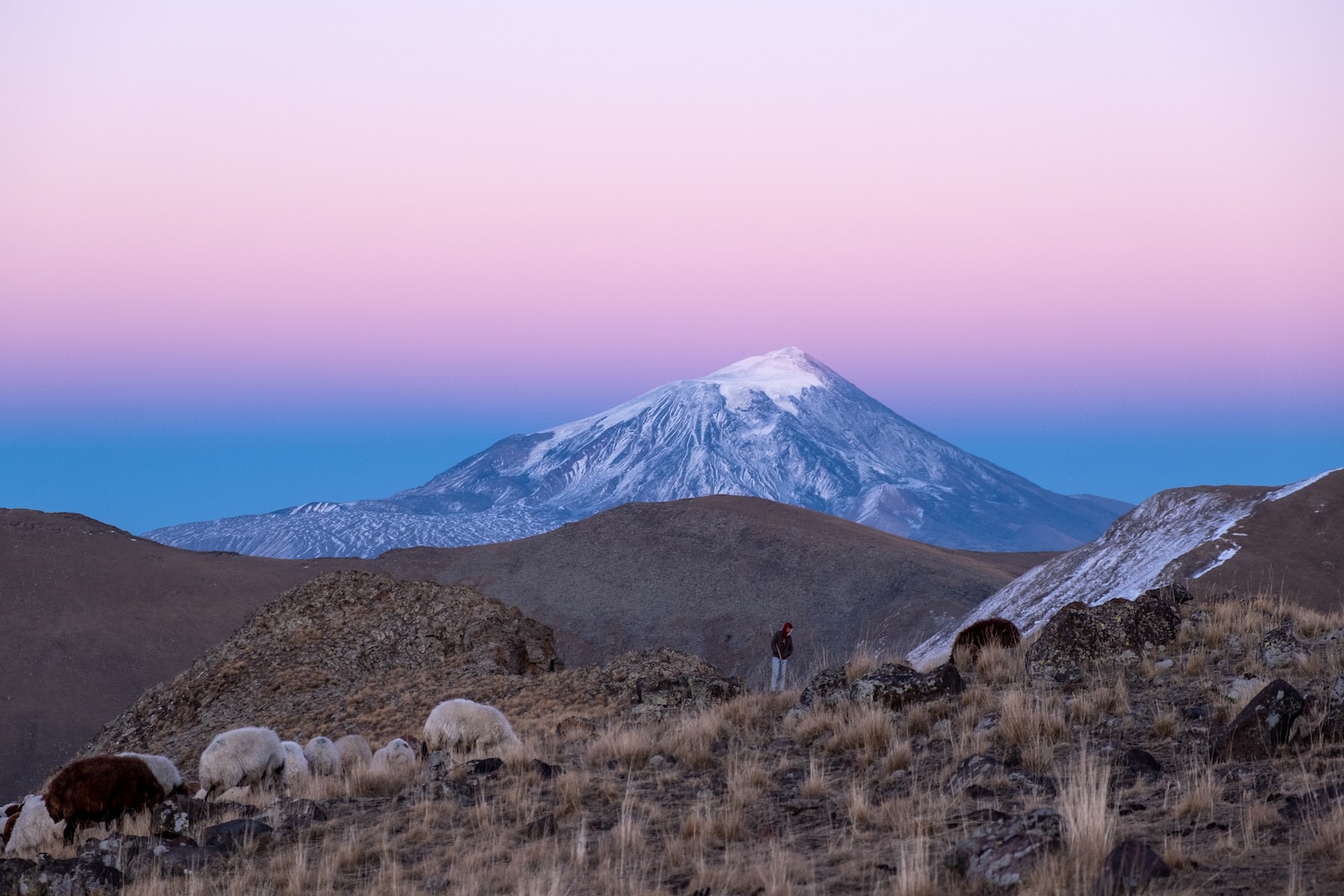Welcome to Slovenia’s Green Heart: The Julian Alps. Get ready to explore the breathtaking beauty of this hidden European gem. From emerald rivers to majestic peaks, the Julian Alps offer a landscape photographer’s dream. Discover the secrets of this biodiverse region and learn how to capture its unparalleled beauty through your lens. Join us on this journey as we unveil the wonders of the Julian Alps in Slovenia.
Table of Contents
- The Spellbinding Beauty of the Julian Alps
- Slovenia’s Green Heart: The Julian Alps
- Frequently Asked Questions
- 1. Where are the Julian Alps located?
- 2. Why are the Julian Alps known as “Slovenia’s Green Heart”?
- 3. What makes the Julian Alps a great destination for landscape photography?
- 4. Are there any specific photography spots in the Julian Alps worth visiting?
- 5. How can I best capture the beauty of the Julian Alps in my photographs?
- 6. Is the Julian Alps a sustainable destination for green tourism?
- 7. Can you suggest any green accommodations in the Julian Alps?
- Wrap Up
The Spellbinding Beauty of the Julian Alps
The Julian Alps, also known as the Julian Alps Range or simply the Julian Alps, are a mountain range located in Europe. They extend across several countries in the region, primarily in the southwestern part of the continent. The Julian Alps are known for their rugged beauty and alpine landscapes. Here’s a breakdown of their location:
- Slovenia: The majority of the Julian Alps are situated in Slovenia. This country is home to the core of the Julian Alps and their highest peaks, including Triglav, the highest mountain in Slovenia.
- Italy: The Julian Alps extend into northeastern Italy, where they are often referred to as the “Julian Pre-Alps” or “Julian Pre-Alpine Group.” They form the border between Italy and Slovenia in this region.
- Austria: A small portion of the Julian Alps reaches into Austria, primarily in the state of Carinthia (Kärnten).
The Julian Alps are characterized by their dramatic landscapes, rugged mountain peaks, deep valleys, and pristine alpine lakes. They are a popular destination for outdoor activities such as hiking, climbing, skiing, and nature exploration. The Triglav National Park in Slovenia, named after Mount Triglav, is a significant protected area within the Julian Alps and offers numerous recreational opportunities for visitors.
A Land of Breathtaking Landscapes
The Julian Alps in Slovenia boast a mesmerizing blend of awe-inspiring mountains, crystal-clear lakes, and enchanting valleys. Nature’s artwork is on full display, inviting photographers from around the world to capture its ethereal beauty. The diverse terrain provides endless opportunities for landscape photography, with each season offering a unique palette of colors. Whether it’s the vibrant autumn foliage or the snow-capped peaks in winter, you’ll find a picture-perfect moment at every turn.
Exploring Emerald Rivers and Mirror-Like Lakes
One of the highlights of the Julian Alps is the countless emerald rivers and mirror-like lakes that dot the region. Tracing its path through the heart of the mountains, the stunning Soča River is a photographer’s paradise. Its crystal-clear waters reflect the surrounding peaks, creating dramatic compositions. Additionally, the tranquil Lake Bled and Lake Bohinj offer serene landscapes, with their calm waters mirroring the majestic mountains that encircle them.
A Haven for Biodiversity
The Julian Alps serve as a sanctuary for an astonishing array of flora and fauna. Its untouched wilderness harbors a wealth of biodiversity, making it an ideal destination for nature enthusiasts and wildlife photographers. Capture the graceful flight of a golden eagle or encounter the vibrant colors of alpine flowers. Keep your lenses ready for encounters with rare species like chamois, ibex, and brown bears, as they roam freely in this pristine alpine region.
Green Tourism at Its Finest
Slovenia takes pride in its commitment to green tourism, and the Julian Alps exemplify this philosophy. The region is dotted with eco-friendly accommodations and sustainable tourism initiatives that aim to preserve the natural beauty of the area. Immerse yourself in the local culture while treading lightly on the environment. Engage in activities such as hiking, cycling, and wildlife spotting, all while leaving minimal impact on the fragile ecosystem of the Julian Alps.
Triglav National Park, located in the Julian Alps, is the only national park in Slovenia and covers an area of over 800 square kilometers.
Slovenia’s Green Heart: The Julian Alps
Welcome to Slovenia’s Green Heart: The Julian Alps, a hidden European gem that captivates with its breathtaking landscapes and rich biodiversity. Nestled in the heart of Slovenia, this mountain range offers a paradise for landscape photographers and enthusiasts alike. Let’s embark on a journey to unveil the stunning beauty of the Julian Alps and discover how best to capture their essence through photography.

Unraveling the Unspoiled Beauty
The Julian Alps, located in northwestern Slovenia, boast a diverse array of natural wonders. From emerald-green rivers to majestic peaks, this region offers a pristine backdrop for landscape photography. The untouched landscapes present endless opportunities to capture unique and awe-inspiring shots.
One of the most iconic locations within the Julian Alps is Lake Bled, a glacial lake known for its crystal-clear turquoise waters and picturesque island with a church. The idyllic scenery of Lake Bled provides photographers with a chance to capture the essence of tranquility and natural beauty.
Another must-visit spot is Triglav National Park, the only national park in Slovenia. This expansive park is home to the highest peak in the Julian Alps, Mount Triglav, standing proud at 2,864 meters. Venture into the park’s hiking trails, witness the cascading waterfalls, and immerse yourself in the diverse flora and fauna that call this area home.
Photography Tips and Techniques
Are you ready to capture the enchanting beauty of the Julian Alps through your lens? Here are some tips and techniques to enhance your landscape photography skills:
Plan Your Shoots
Scout the locations in advance and plan your shoots based on the ideal lighting conditions. Golden hour, which occurs during sunrise or sunset, offers soft and warm light that enhances the scenic beauty of the Julian Alps.
Highlight Biodiversity
The Julian Alps teem with diverse wildlife and plant species. Incorporate elements of biodiversity, such as wildflowers, alpine meadows, or grazing animals, into your compositions to add depth and interest to your photos.
Use Leading Lines
The Julian Alps are adorned with winding rivers, meandering trails, and curving mountain roads. Utilize these natural leading lines to guide the viewer’s eyes and create a sense of depth, drawing them deeper into the frame.
Experiment with Perspectives
Explore different angles and perspectives to showcase the grandeur of the Julian Alps. Capture low-angle shots to emphasize the towering peaks or try aerial photography to capture the expansive landscapes from a bird’s-eye view.

Frequently Asked Questions
1. Where are the Julian Alps located?
The Julian Alps are located in Slovenia, a small country in Central Europe.
2. Why are the Julian Alps known as “Slovenia’s Green Heart”?
The Julian Alps are often referred to as “Slovenia’s Green Heart” because of their rich biodiversity and stunning natural landscapes.
3. What makes the Julian Alps a great destination for landscape photography?
The Julian Alps offer a diverse range of photogenic locations, including emerald rivers, soaring peaks, and picturesque alpine meadows.
4. Are there any specific photography spots in the Julian Alps worth visiting?
Yes, some popular photography spots in the Julian Alps include Lake Bled, Triglav National Park, Vintgar Gorge, and Lake Bohinj.
5. How can I best capture the beauty of the Julian Alps in my photographs?
To capture the essence of the Julian Alps in your photographs, make sure to explore different angles, utilize natural lighting, and focus on foreground and background elements to create depth in your shots.
6. Is the Julian Alps a sustainable destination for green tourism?
Absolutely! Slovenia and the Julian Alps are committed to sustainable tourism practices. You can enjoy eco-friendly activities like hiking, cycling, and wildlife watching while minimizing your impact on the environment.
7. Can you suggest any green accommodations in the Julian Alps?
Yes, some eco-friendly accommodations in the Julian Alps include eco-lodges, sustainable hotels, and traditional guesthouses that prioritize environmental conservation and responsible tourism.
Wrap Up
In conclusion, Slovenia’s Julian Alps truly are the green heart of this remarkable country. With their breathtaking landscapes, rich biodiversity, and opportunities for green tourism, they offer a paradise for nature lovers and photography enthusiasts alike. From exploring the emerald rivers to capturing the awe-inspiring peaks, the Julian Alps offer endless opportunities for unforgettable experiences. So grab your camera and embark on an adventure to uncover the hidden gem of Europe. Don’t forget to immerse yourself in the local culture and support sustainable practices. Have you ever been to the Julian Alps? Share your thoughts and experiences in the comments below! Let’s continue the conversation and inspire others to explore this stunning destination.



